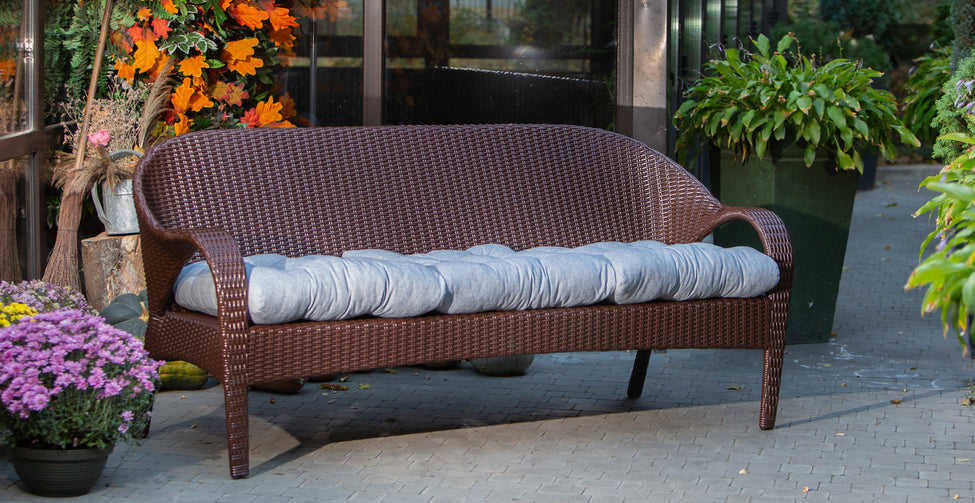The terms wicker and rattan are often muddled and used as synonyms, causing confusion about their definitions. This article aims to demystify these terms by explaining that wicker and rattan are, in fact, distinct from each other.
Wicker refers to a specific weaving technique, whereas rattan is a type of natural material. Often, these terms are used together, particularly in the context of outdoor furniture, because rattan is a common material used in wicker-style weaving. Here, rattan represents the substance used, while wicker denotes the particular weaving method employed.
Wicker, known for its weaving pattern, has been a popular technique for making both baskets and furniture. This method dates back to ancient civilizations, including Egypt, where artifacts of wicker work have been dated as far back as 3,000 B.C. These ancient items include baskets, containers, seating, and storage chests found in the burial sites of affluent rulers, highlighting the long-standing allure and creativity associated with wicker weaving.
The 20th century witnessed a resurgence of wicker weaving, largely due to the Arts and Crafts Movement. This revival has been sustained through various workshops and educational programs, keeping the age-old tradition of wicker weaving alive. While traditional wicker pieces were crafted from natural fibers, contemporary wicker creations often incorporate synthetic materials like resins for added resilience.
Rattan, on the other hand, is a material typically used in wicker weaving. It is a vine-like species native to the tropical regions of continents such as Australia, Asia, and Africa. The outer layer of rattan is peeled for weaving, while its inner core is often repurposed for different types of furniture.
Rattan, which comprises over 600 varieties, is a robust, fibrous plant akin to bamboo, valued for its light weight, durability, flexibility, and aesthetic appeal. The rising demand for rattan has led to concerns over its sustainability, as premature harvesting can prevent regrowth. Consequently, synthetic alternatives have been developed to reduce the environmental impact of rattan harvesting.
Interesting Fact: Rattan has even been used to manufacture artificial bones due to its structural resemblance to human bones. Hand-woven outdoor wicker furniture, crafted with synthetic materials, offers both exceptional quality and durability. These synthetic variants mimic the look of natural rattan but boast greater longevity, especially in outdoor environments. An example of this is the Urbana 5 Piece Sectional Set, a fashionable and enduring choice for outdoor settings.

